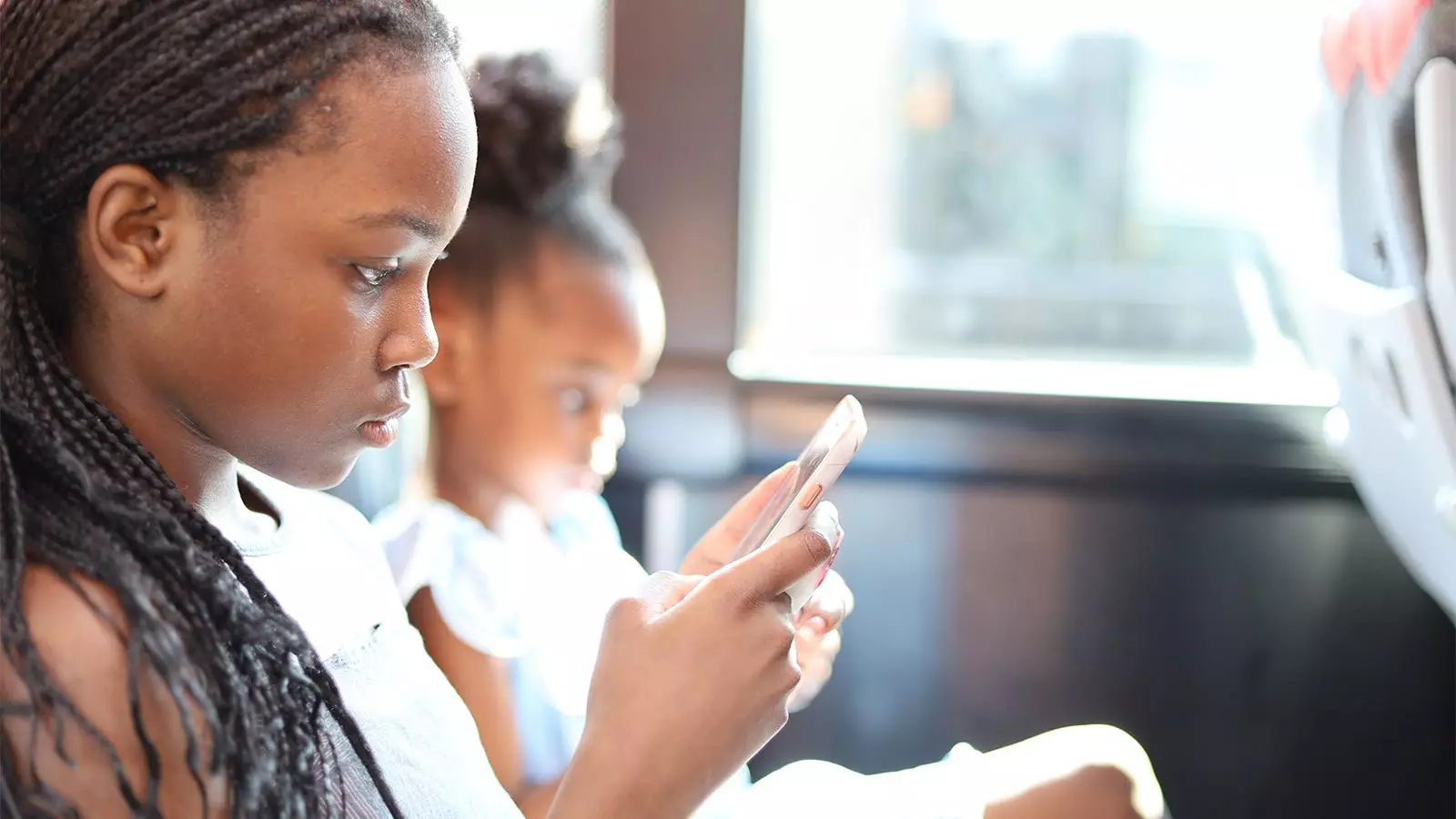The dangers of social media on mental health have been well-documented, with Surgeon General Vivek Murthy recently highlighting the risks in a New York Times op-ed. However, the specific challenges faced by Black teen girls due to the intersection of racism and sexism are often overlooked in these discussions. Anthropologist Philomena Essed’s concept of “gendered racism” sheds light on how racial and gender oppression intersect, creating a unique set of obstacles for individuals at this intersection.
For Black teen girls, social media can be a toxic environment filled with gendered-racist stereotypes. These harmful portrayals can lead to lower self-esteem, increased symptoms of depression, and perpetuate a sense of inferiority. Studies have shown that Black girls are often bombarded with derogatory terms and negative stereotypes about their personalities and bodies, contributing to a harmful narrative that can have lasting effects on their self-image and mental health.
While social media can amplify feelings of social isolation and loneliness for all adolescents, the experience is particularly hostile for Black girls. Whether encountering racism and sexism briefly or for extended periods online, they are exposed to harmful content that reinforces feelings of inadequacy. This constant negativity can worsen mental health issues and, alarmingly, contribute to suicidal ideation, a growing concern among Black adolescent girls and women.
To address these challenges, social media platforms and policymakers must take more stringent measures to combat the spread of racist and sexist content. Enhanced reporting and moderation systems, advanced AI and machine learning tools, and increased human moderation can help detect and flag harmful content targeting Black girls. Mandatory training on anti-racism and anti-sexism for all social media users, along with prevention and educational campaigns, can raise awareness and promote a more inclusive online environment.
While these policies would benefit all users, they are particularly crucial for protecting Black girls from targeted abuse. By implementing warning labels, tailored interventions, and inclusive policies, stakeholders can work towards dismantling systemic barriers that perpetuate inequality and hinder the well-being of Black adolescent girls in digital spaces. It is essential for social media companies, educators, and community leaders to recognize and address the unique challenges faced by Black girls on social media. Only through targeted interventions and inclusive policies can we create a safer and more supportive online environment for all.


Leave a Reply